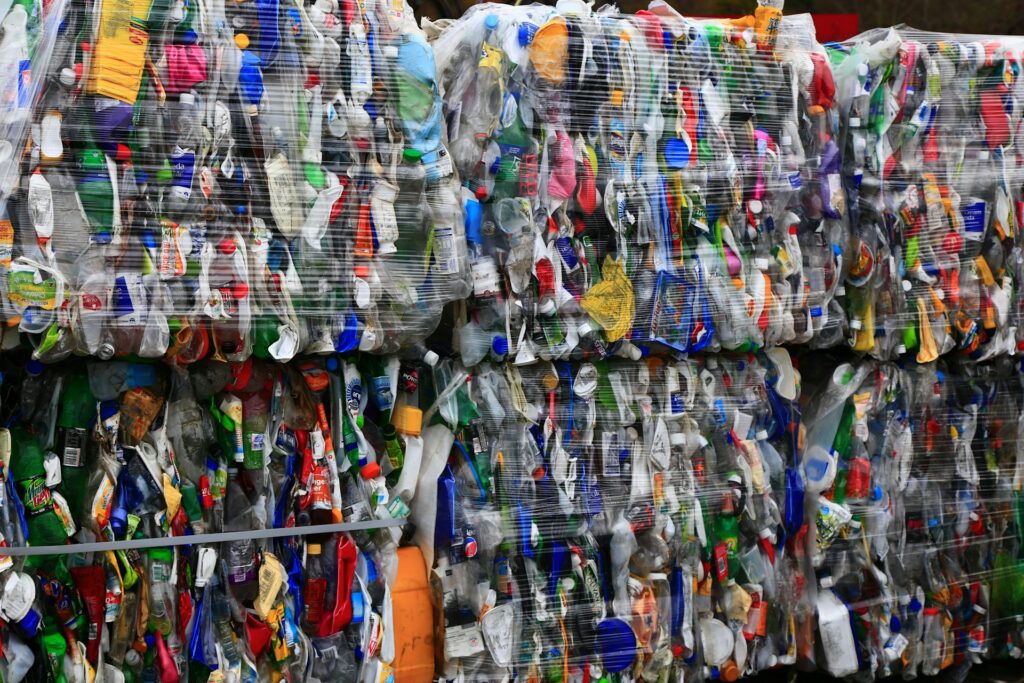Australian households are increasingly turning to rooftop solar arrays to reduce grid dependence and cut electricity bills. Yet storing the surplus energy remains both costly and complex. The prevailing solution; lithium-ion battery packs installed in garages or utility rooms, typically carries a price tag near AUD 10,000 (about USD 6,400) and introduces concerns over fire risk and toxic materials. Homeowners also face a trade-off between rapid charge rates and long cycle life, often compromising on safety or lifespan to meet demand.
Researchers at Monash University’s Department of Materials Science and Engineering have developed a water-based “flow battery” designed to overcome these issues. Unlike solid-state lithium cells, flow batteries store energy in liquid electrolytes held in external tanks and passed through a central cell stack. The Monash team engineered a novel non-fluorinated membrane that dramatically accelerates ion transport, making it possible to charge and discharge at rates suitable for capturing rooftop solar output in real time. The research was published in Angewandte Chemie International Edition and can be found here:
Liang, W., Ghasemiestahbanati, E., Eden, N. T., Acharya, D., Doherty, C. M., Majumder, M., & Hill, M. R. (2025). Flow Battery with Remarkably Stable Performance at High Current Density: Development of A Nonfluorinated Separator with Concurrent Rejection and Conductivity. Angewandte Chemie International Edition. https://doi.org/10.1002/anie.202505383
The first author of the stuby Wanqiao Liang, Ph.D. candidate at the Department of Materials Science and Engineering said:
“We’ve taken a safe, affordable chemistry and made it fast enough to capture rooftop solar in real time, we’ve engineered a membrane that finally makes organic flow batteries competitive for residential and mid-scale storage. It opens the door to systems that are not only cheaper, but also safer and simpler to scale.”
The battery’s modular architecture; two storage tanks linked by a cell stack, allows homeowners to scale capacity by adjusting tank volume. Early cost projections suggest a fully installed system could come in well under AUD $10,000, potentially halving the expense of current home-storage setups. Monash researchers are already using 3D printing to fabricate prototype components, with field trials planned to assess performance across typical household load profiles and seasonal temperature swings.
Safety is key to the design. By relying on non-flammable, aqueous electrolytes and replacing precious metals with iron salts and organic redox couples, the system minimises environmental impact and thermal-runaway risks. The elimination of high-pressure cooling and ventilation systems further simplifies installation and reduces maintenance requirements, making it well-suited for indoor or garage environments where space and airflow may be limited. Liang said:
“The key was improving ion selectivity; letting the good ions through quickly while keeping unwanted ones out. Our new membrane achieves this balance, allowing fast, stable operation even at high current densities, we outperformed the industry-standard Nafion membrane in both speed and stability—running 600 high-current cycles with virtually no capacity loss—that’s a major leap forward for this kind of battery.”
As well as being used in single homes, flow batteries are suitable for community grids and power companies. Since tanks determine capacity and stacks set the power, they can be set up how the local demand needs them to be. With its flexible nature, it can offset large electricity production by renewables during the day, keep extra solar energy from being wasted and increase resistance to extreme weather in certain areas.
The work was carried out by a multidisciplinary team at Monash University and CSIRO, led by Ph.D. candidate Wanqiao Liang and supervisors in the Department of Chemical and Biological Engineering. Co-authors Ehsan Ghasemiestahbanati and Nathan T. Eden (both also at Monash) helped optimise the organic redox chemistries, while Durga Acharya and Cara M. Doherty from CSIRO’s Manufacturing division contributed to membrane fabrication. Mainak Majumder of the Nanoscale Science and Engineering Laboratory at Monash tackled electrode architecture, and Professor Matthew R. Hill of Monash’s Department of Materials Science and Engineering oversaw the materials characterization and performance testing.

Hassan graduated with a Master’s degree in Chemical Engineering from the University of Chester (UK). He currently works as a design engineering consultant for one of the largest engineering firms in the world along with being an associate member of the Institute of Chemical Engineers (IChemE).



